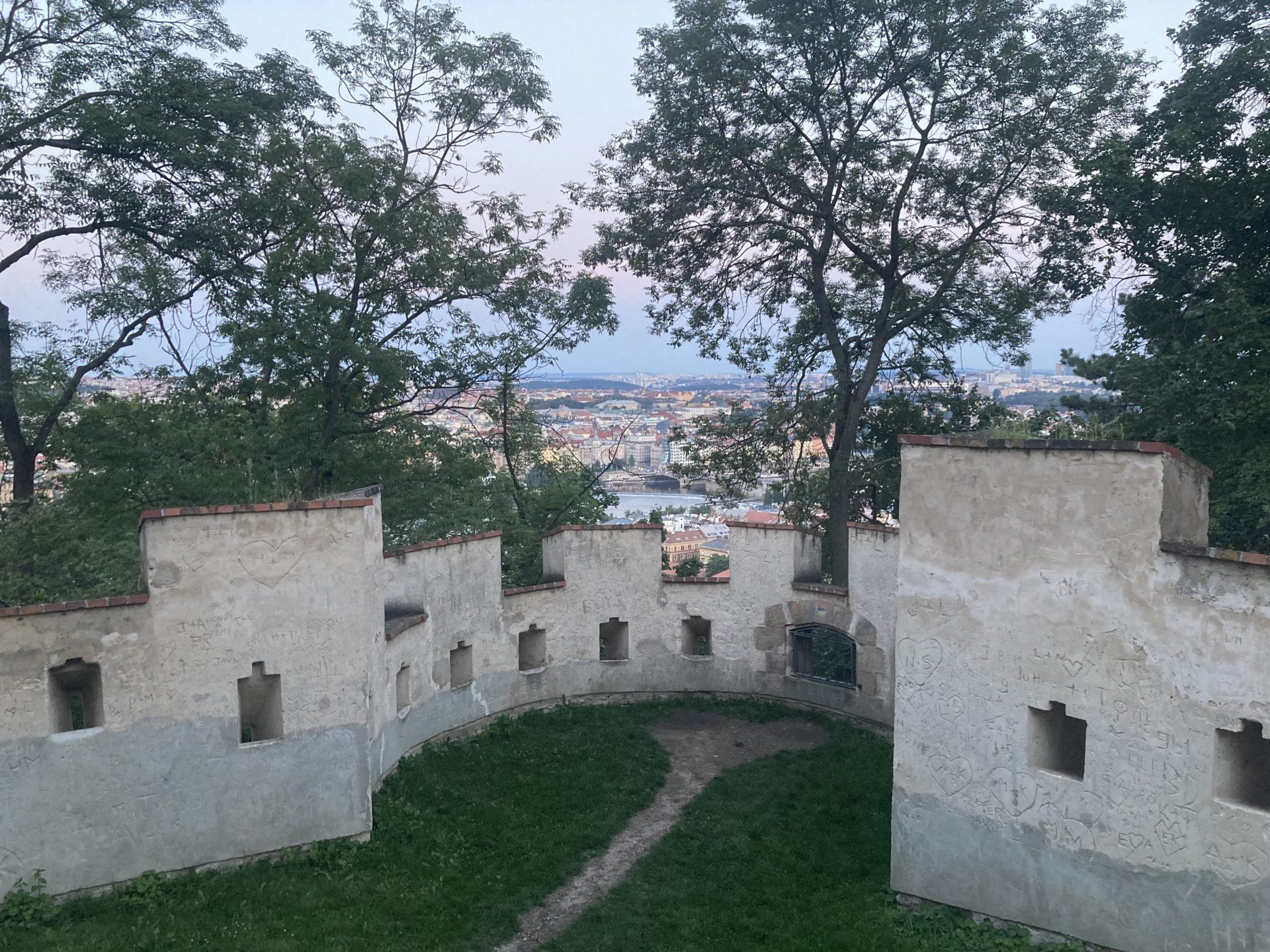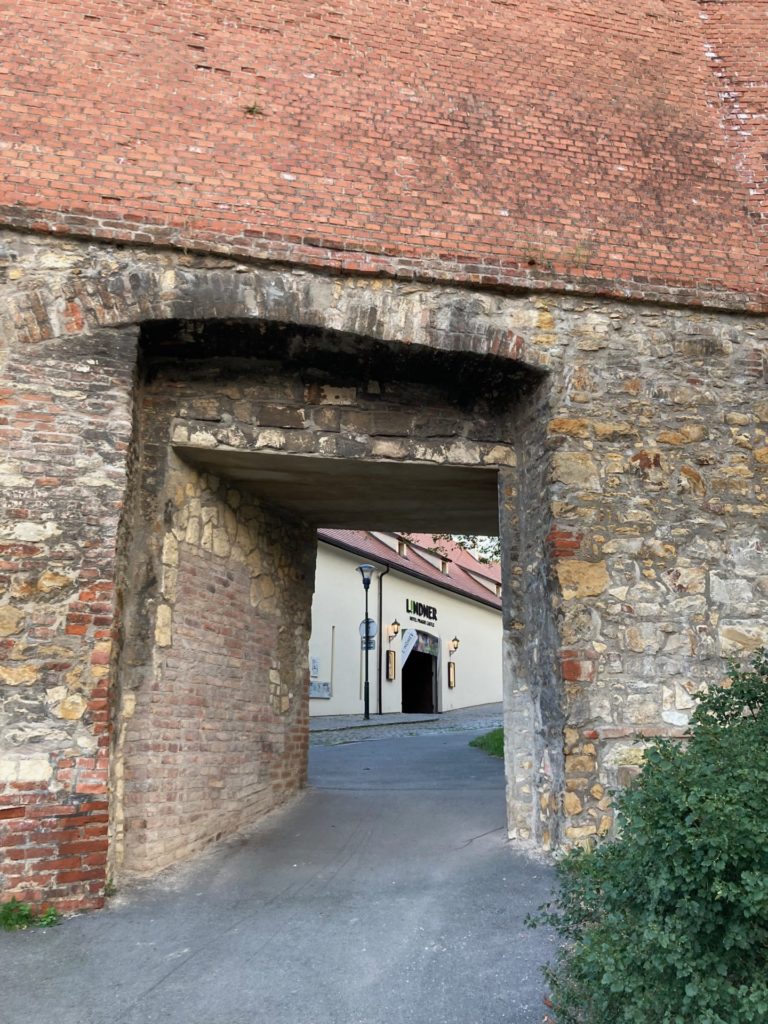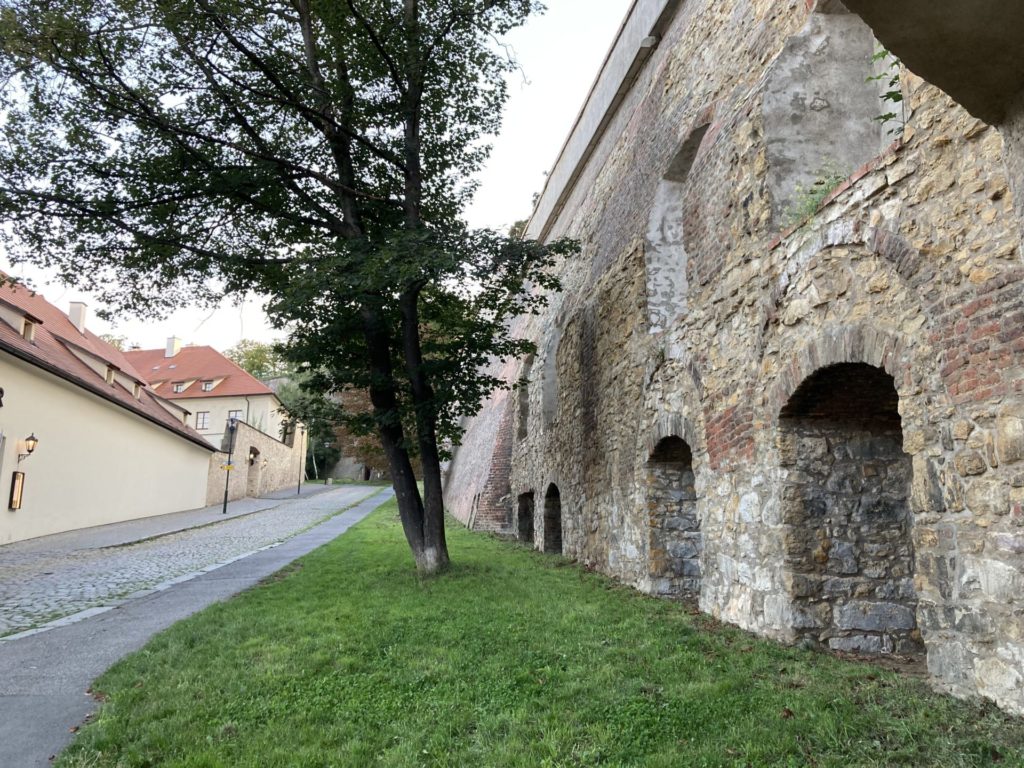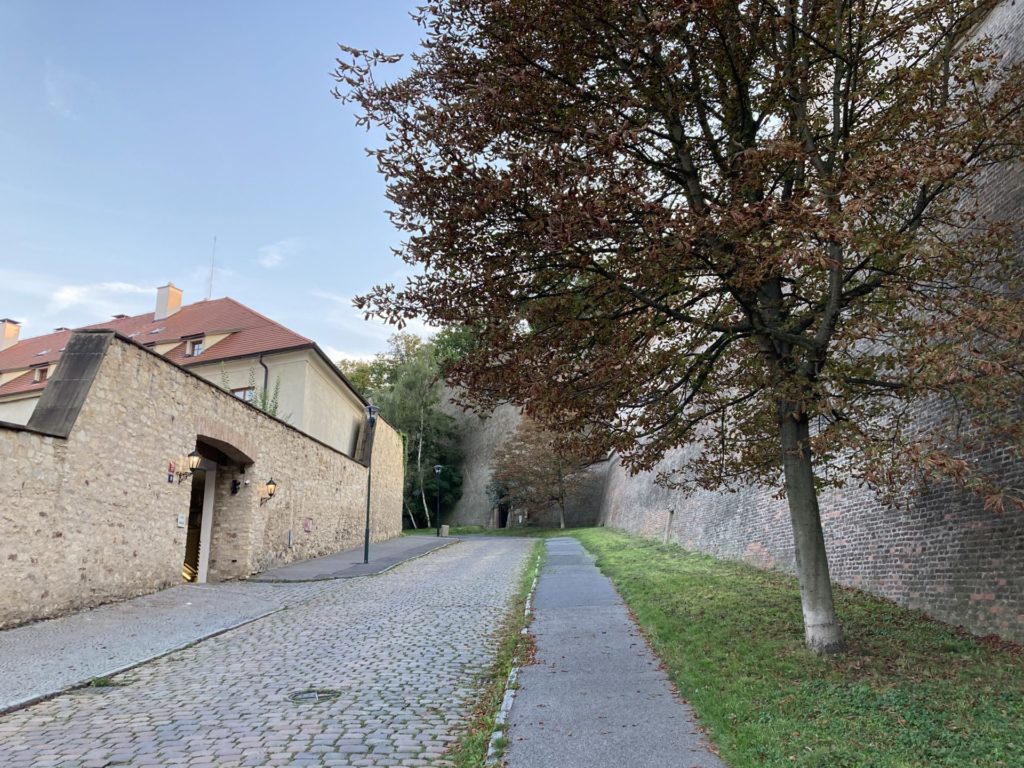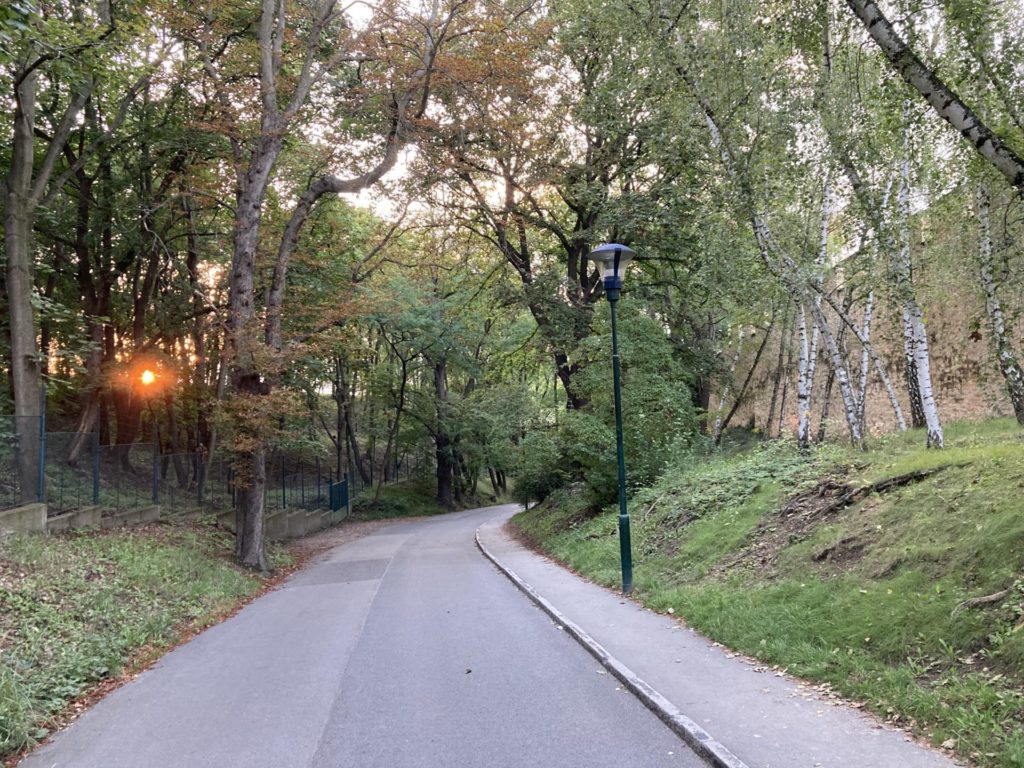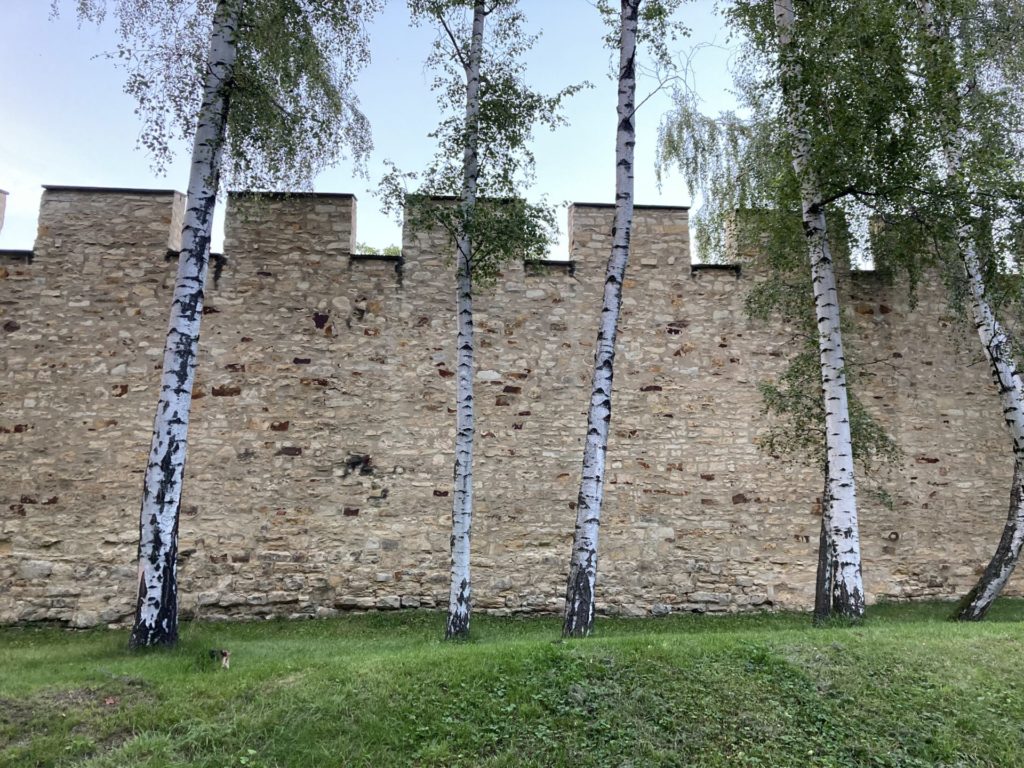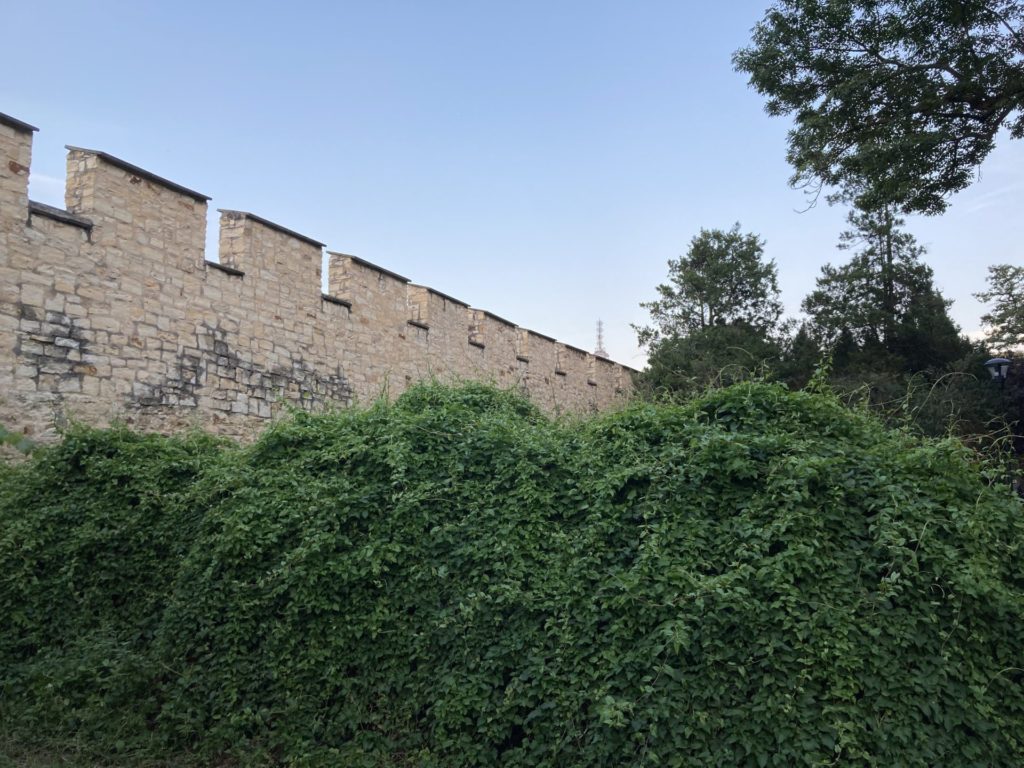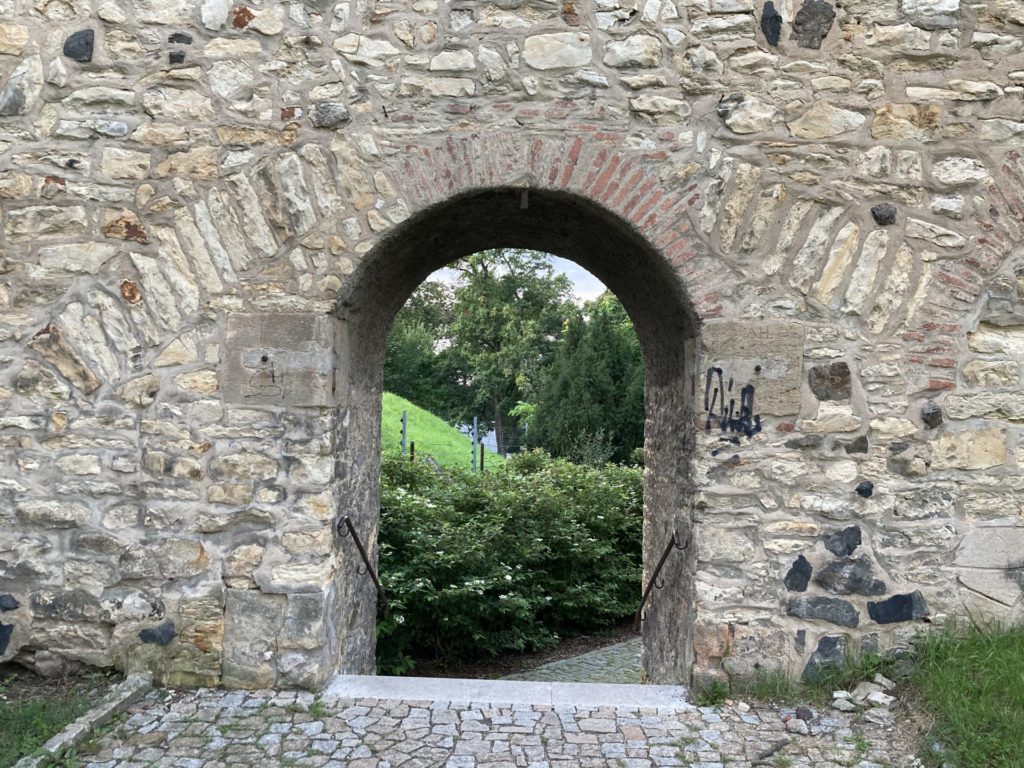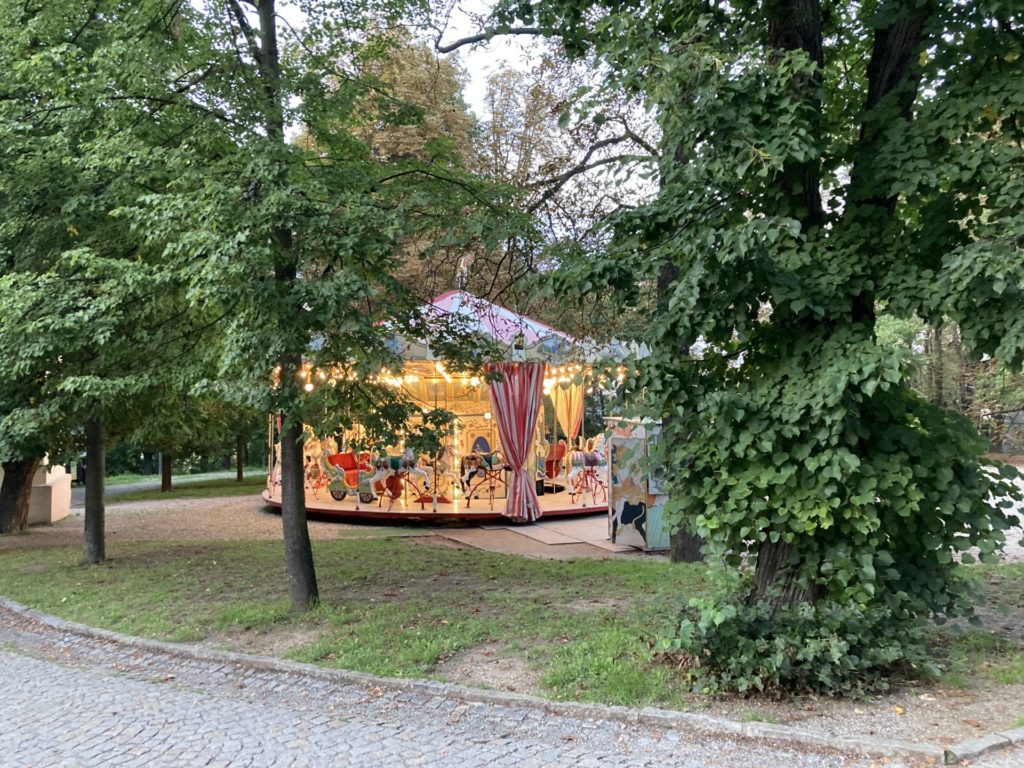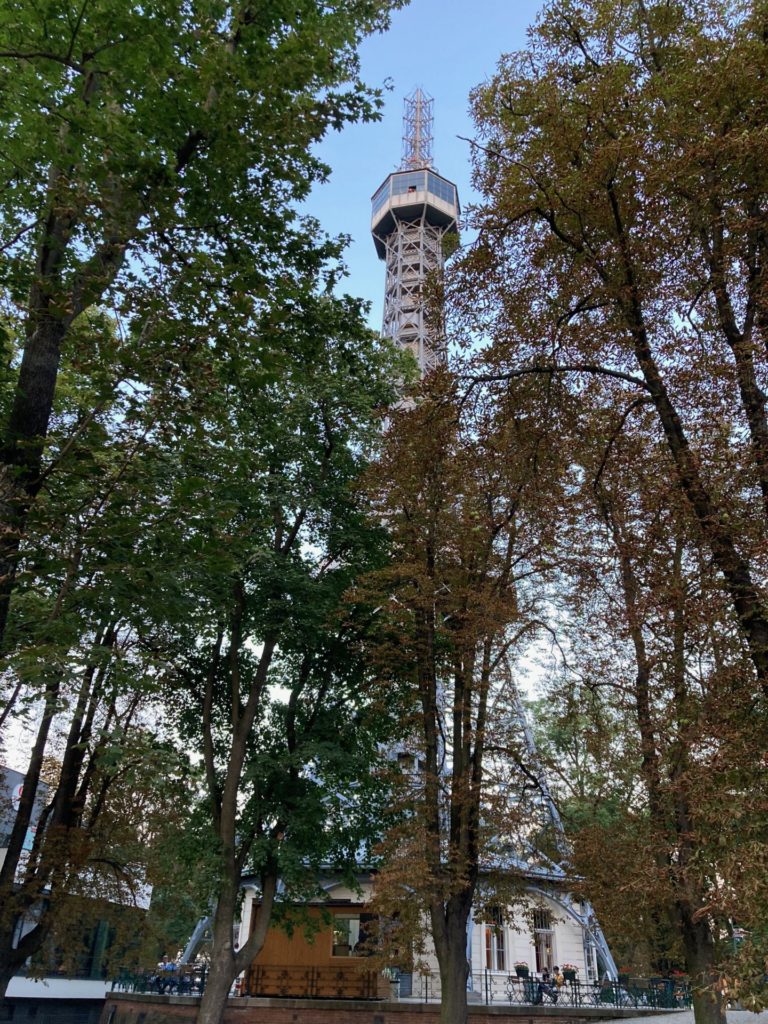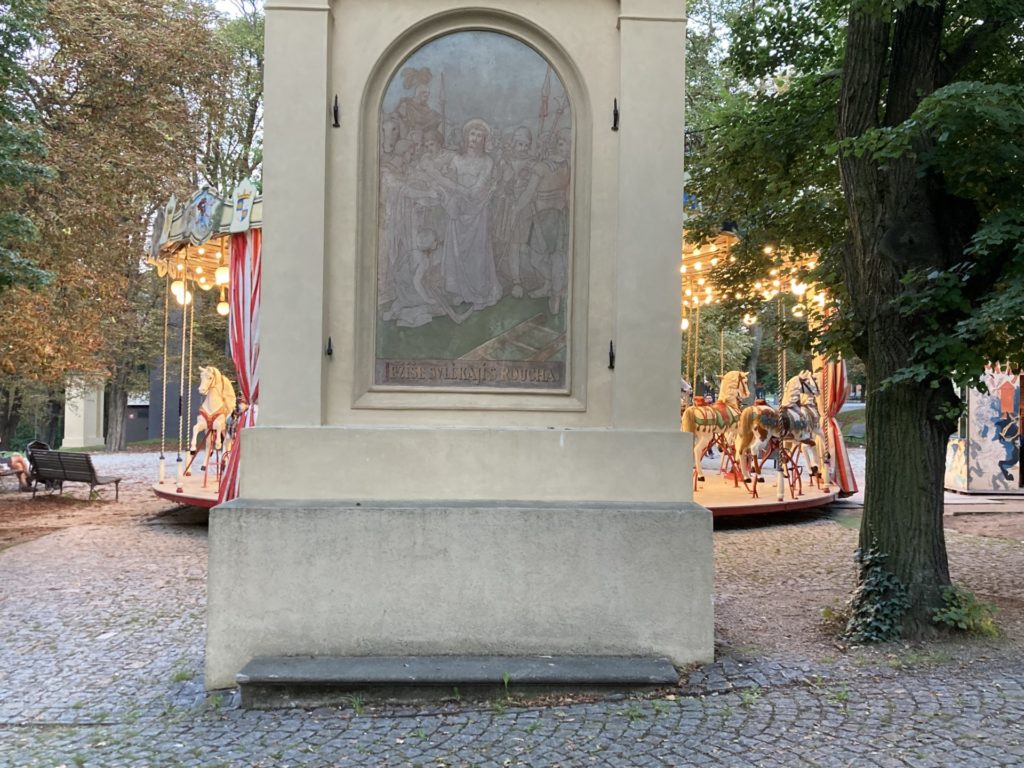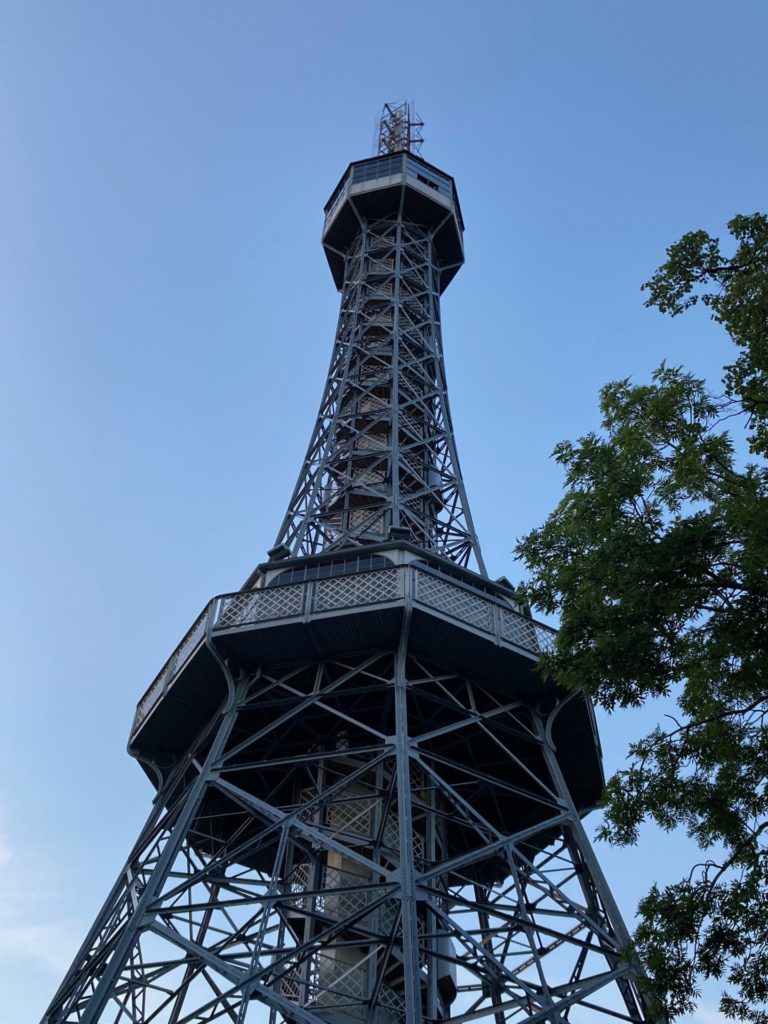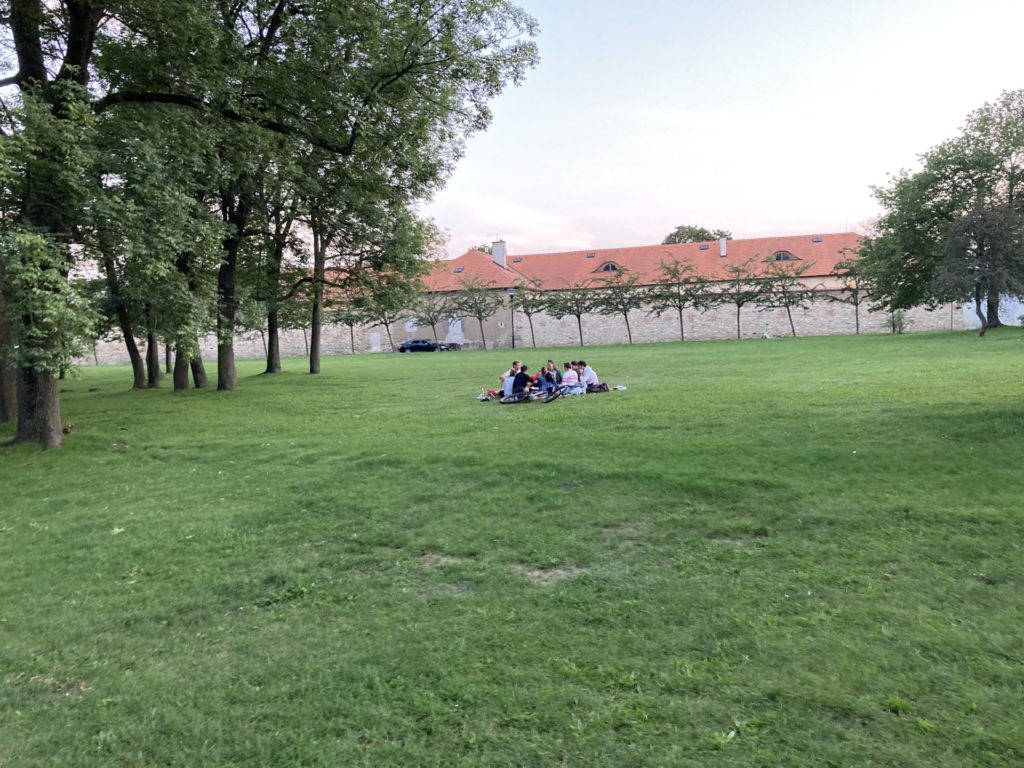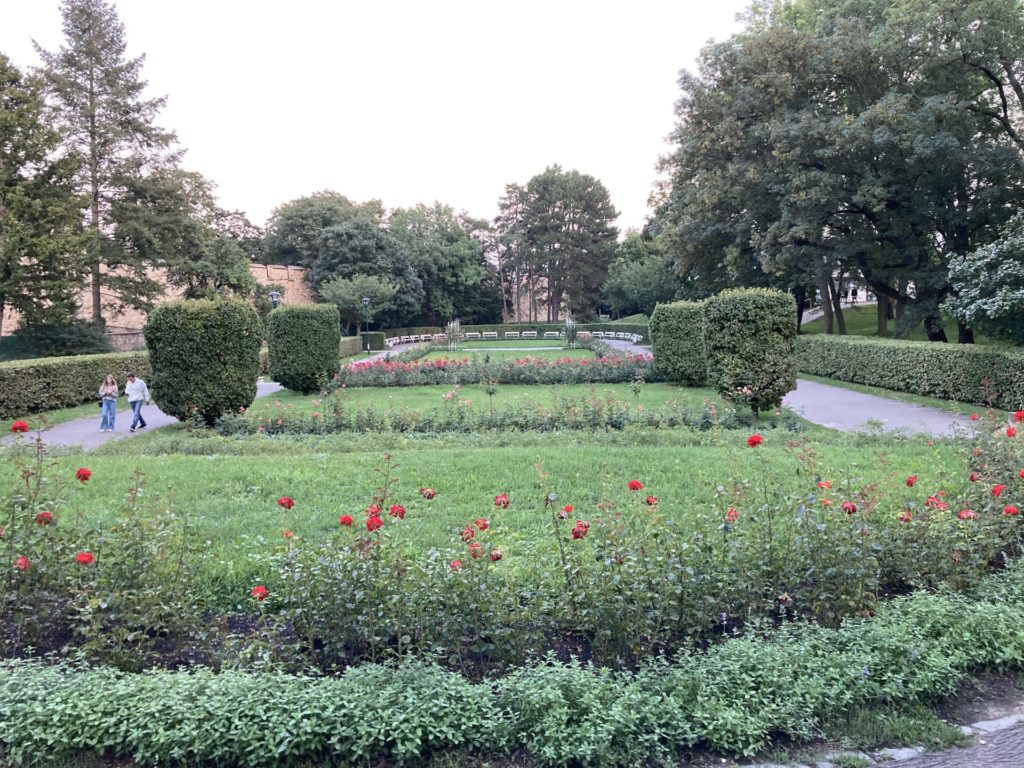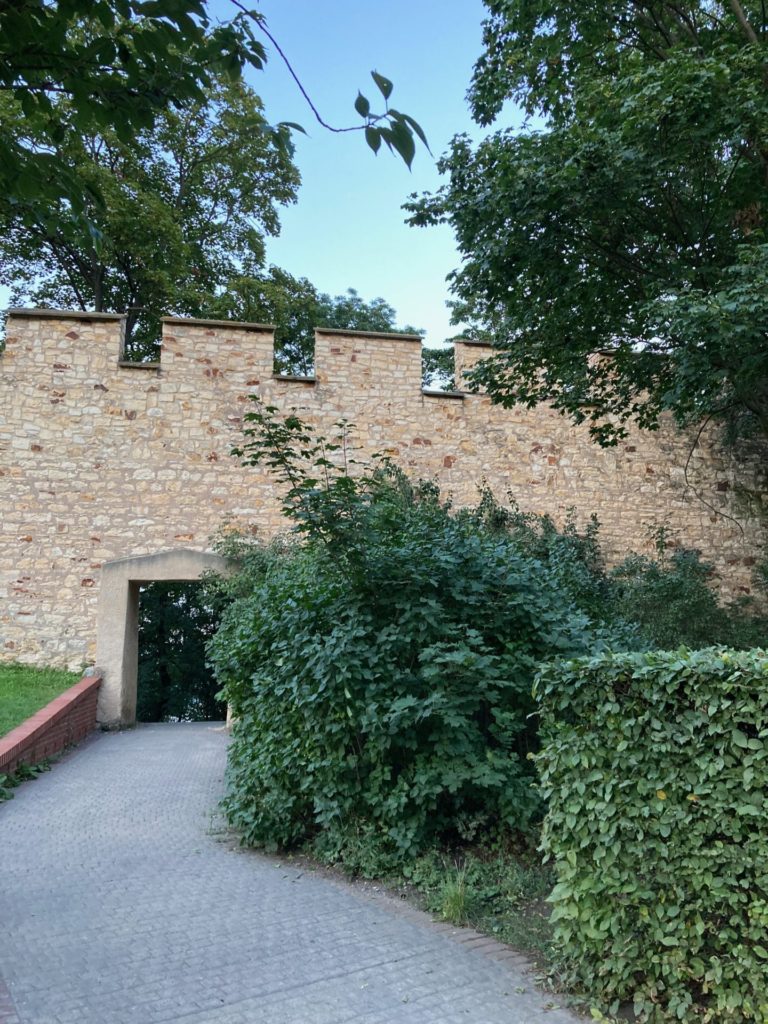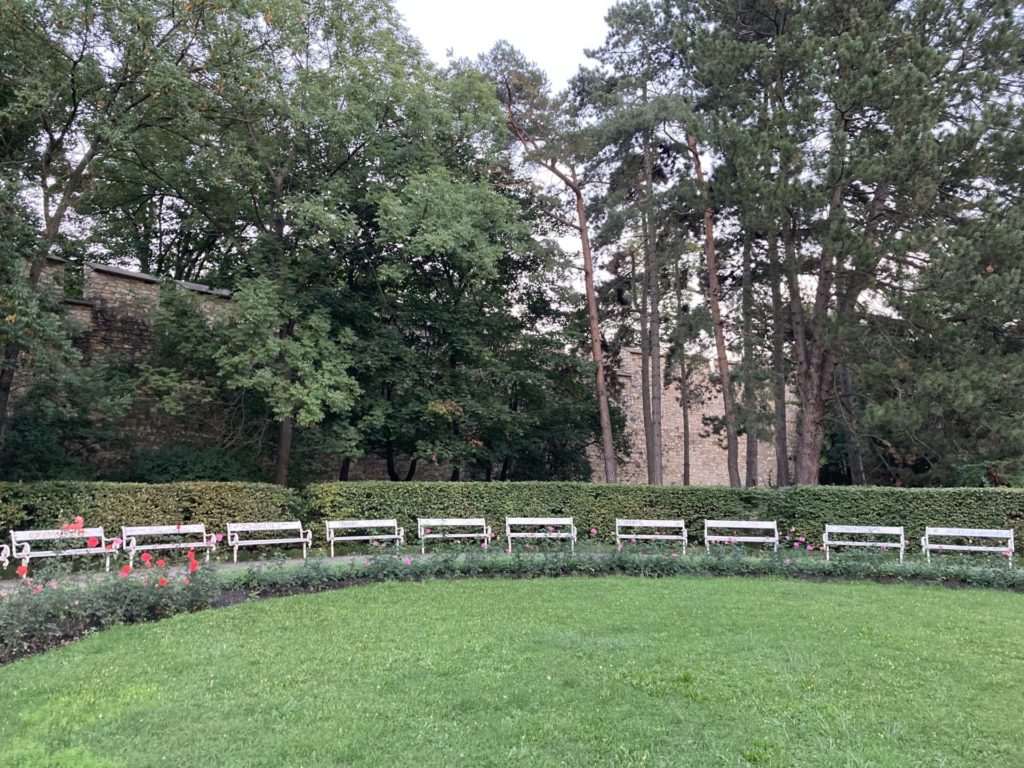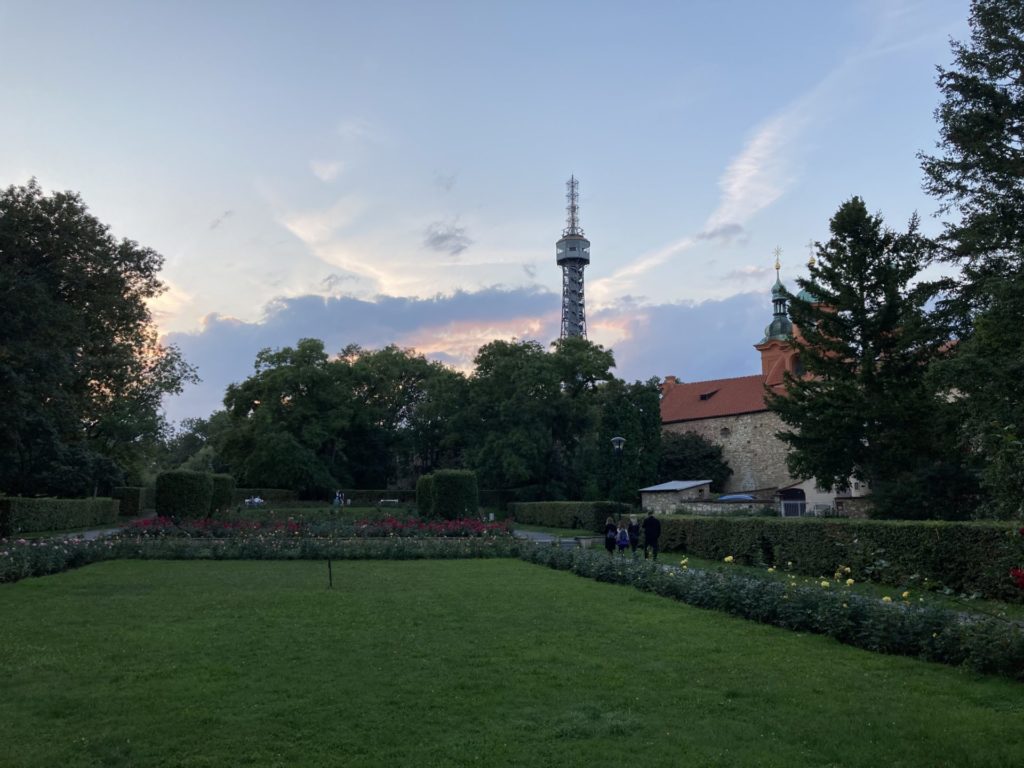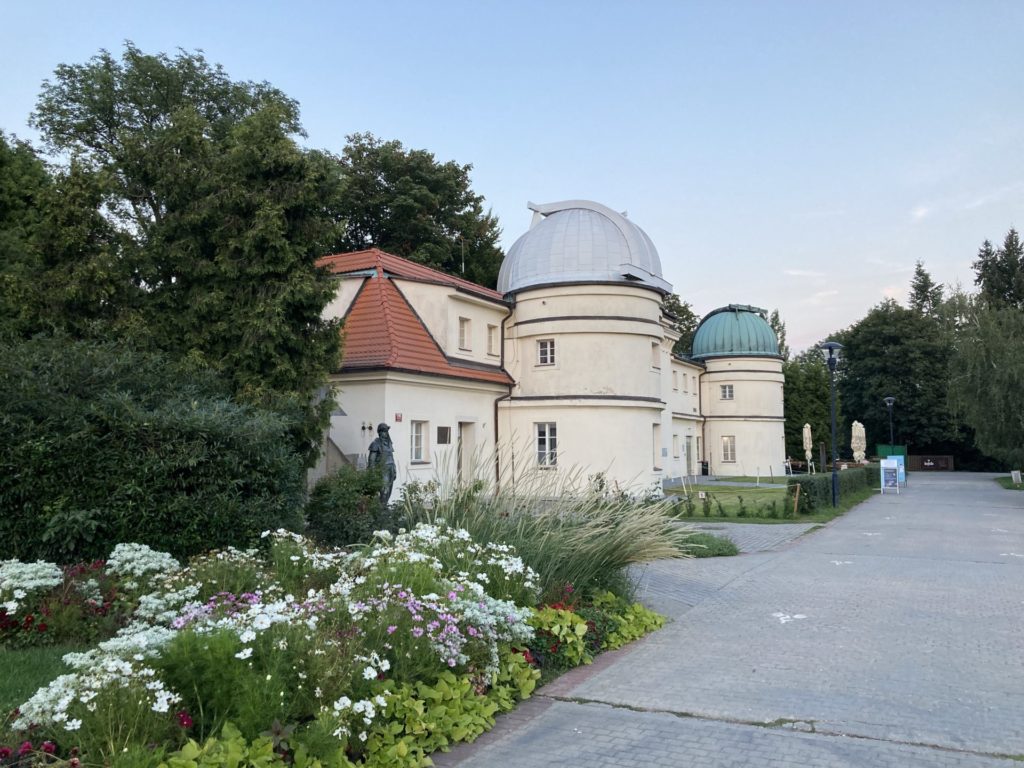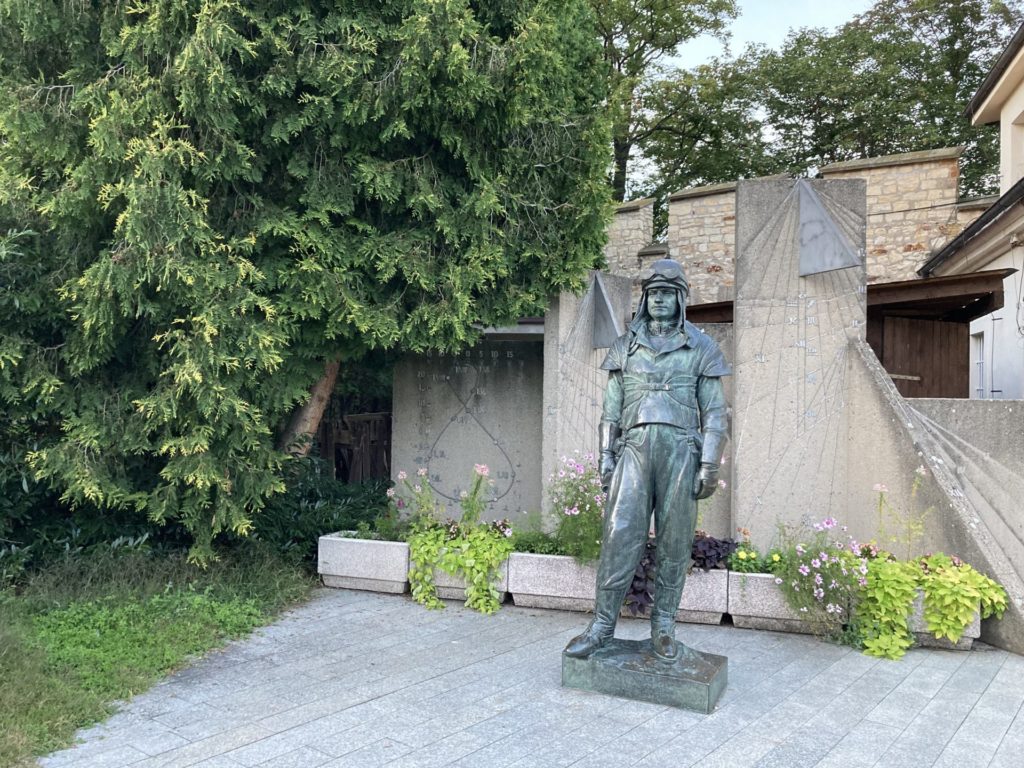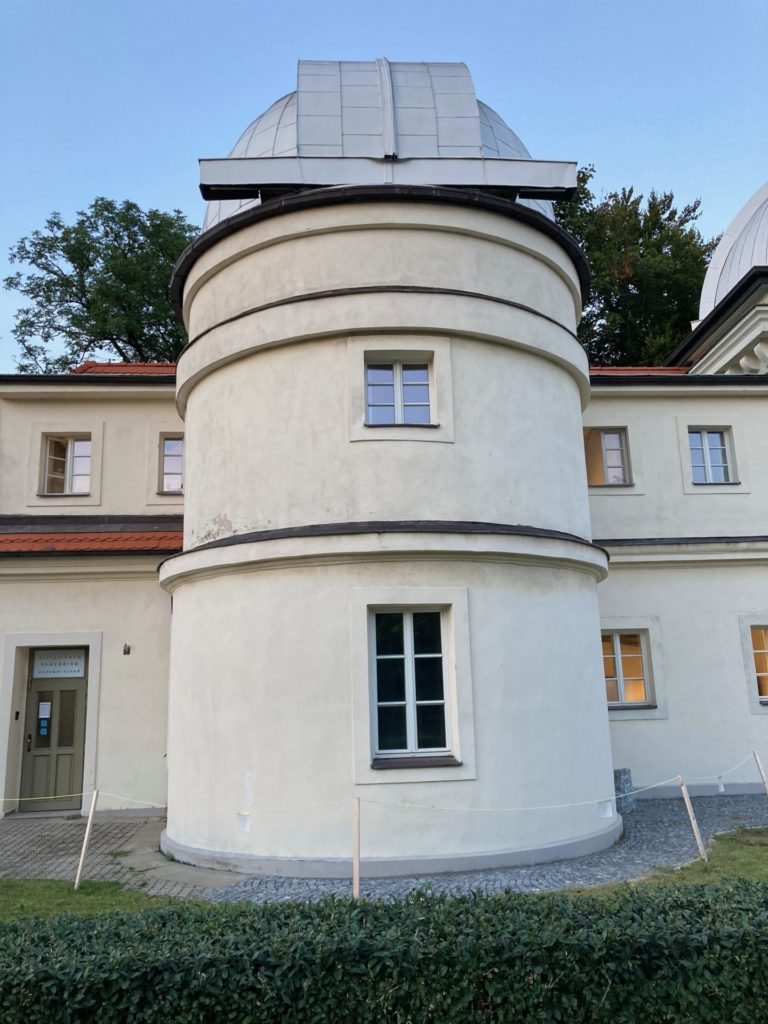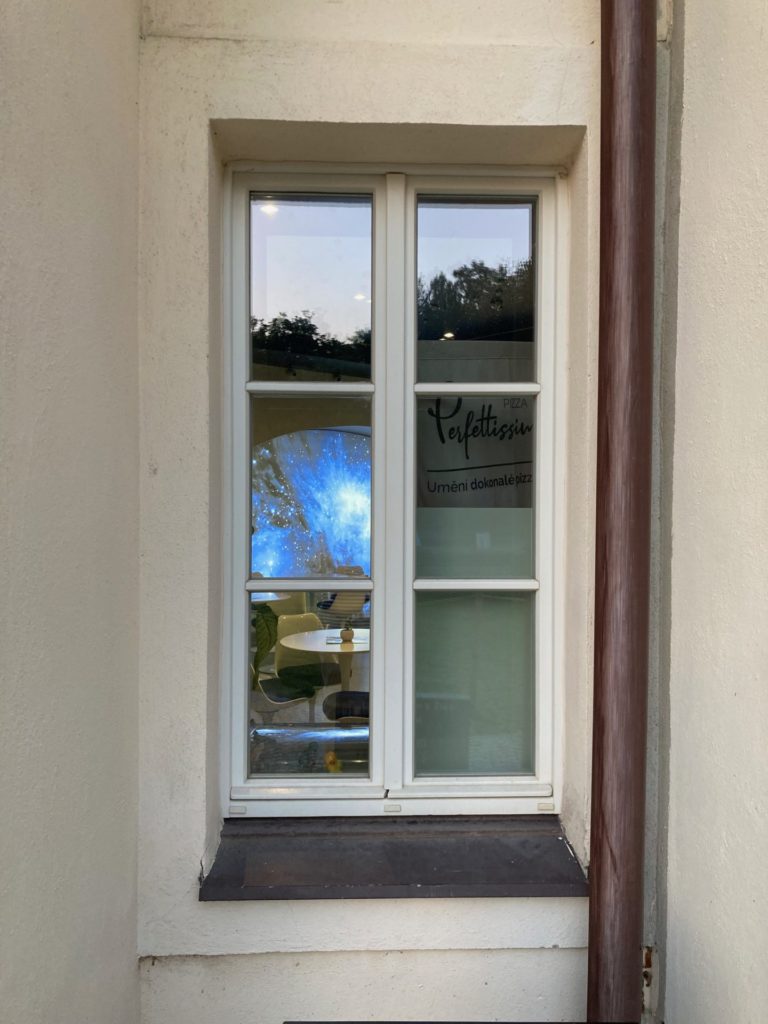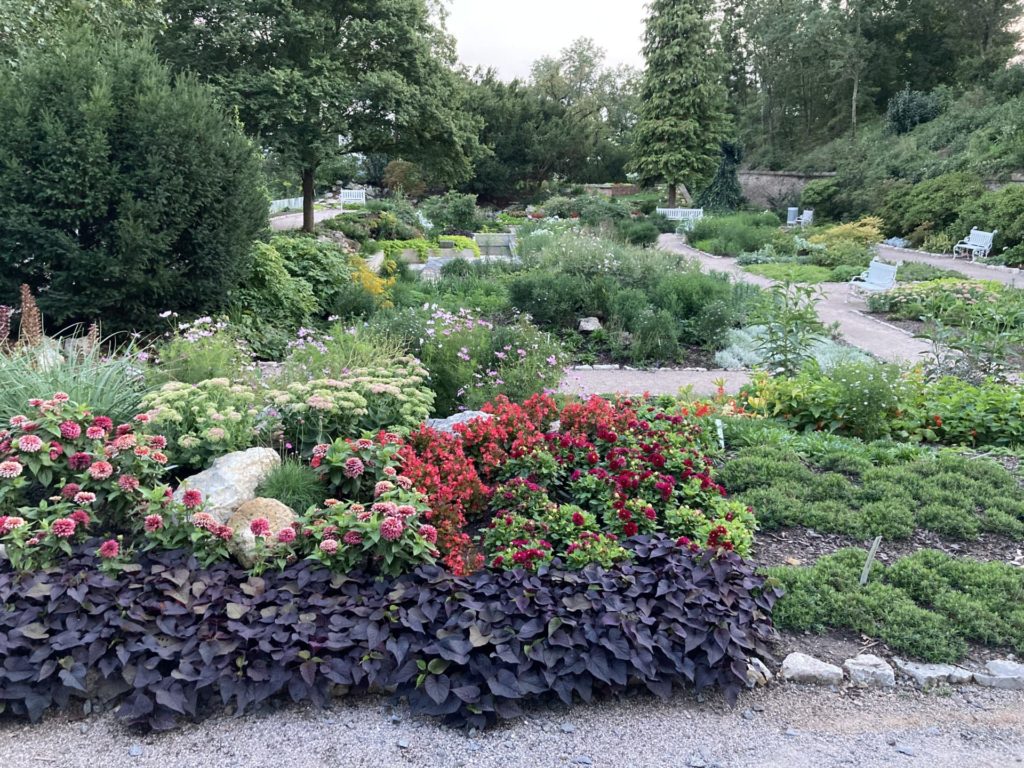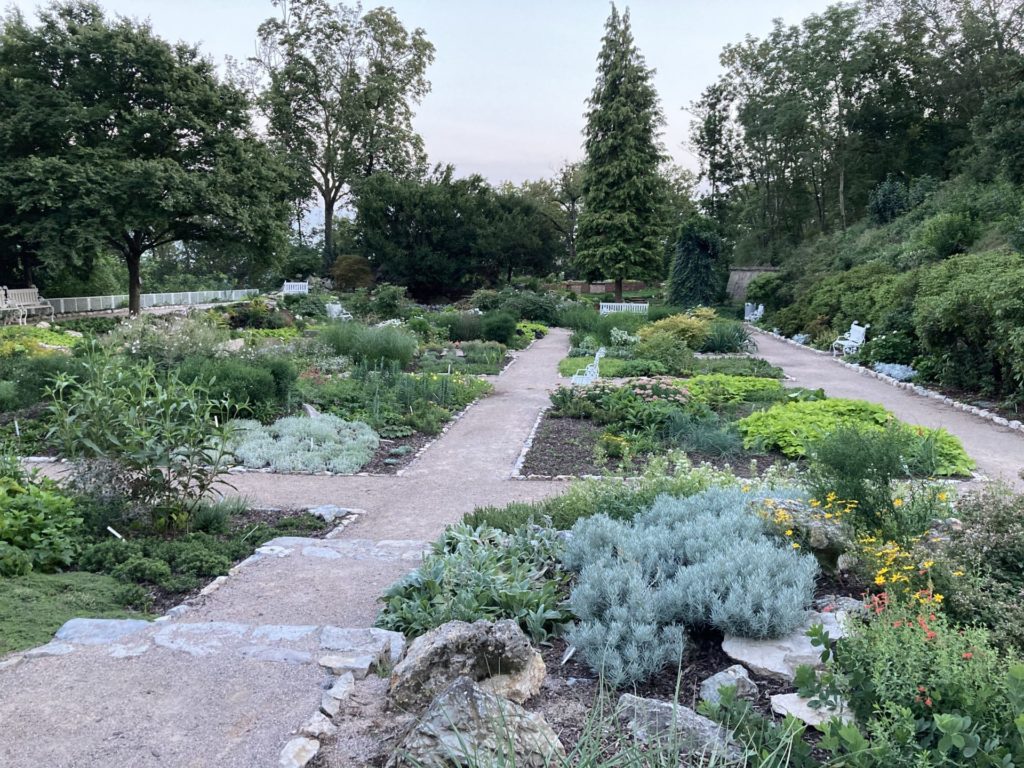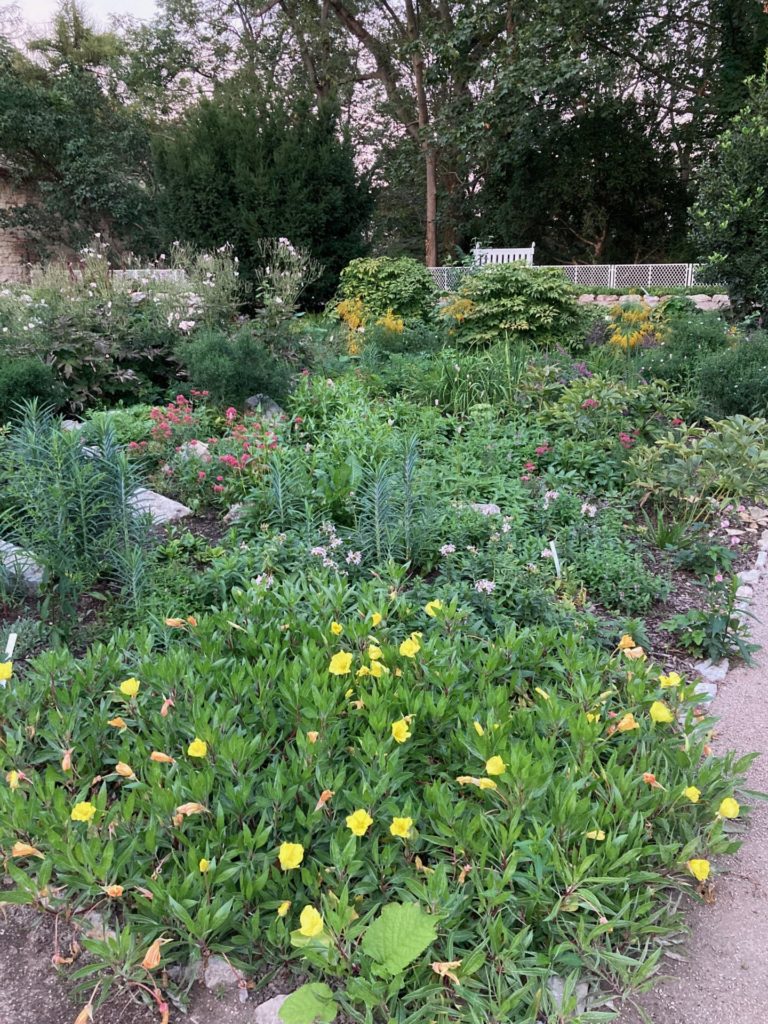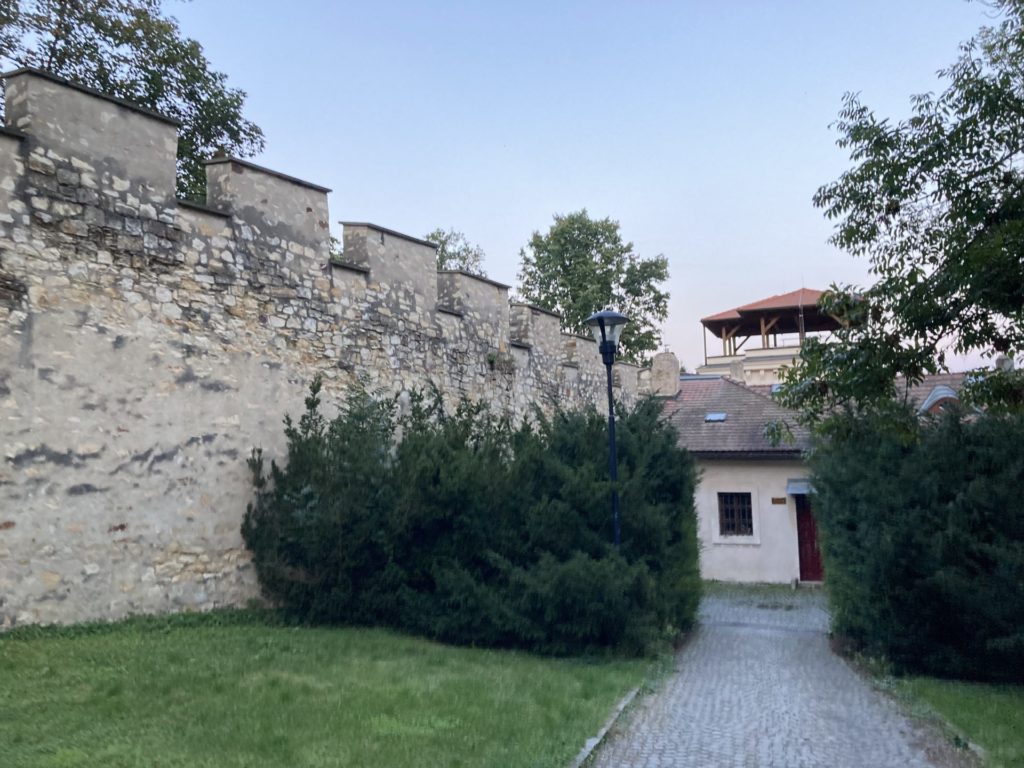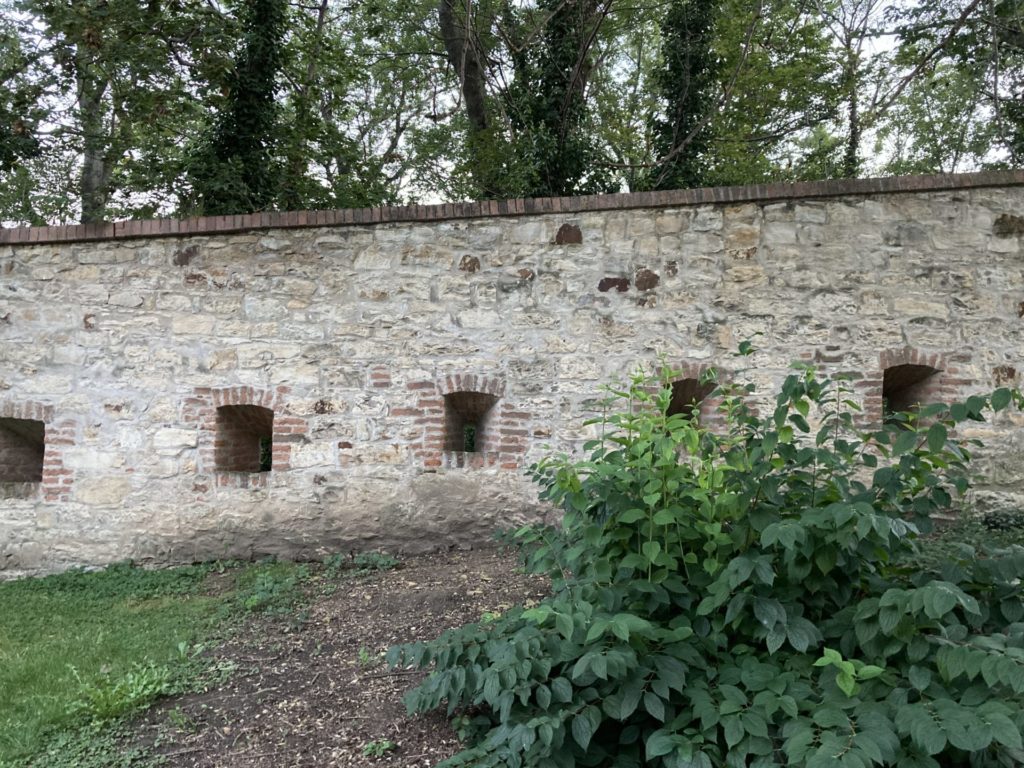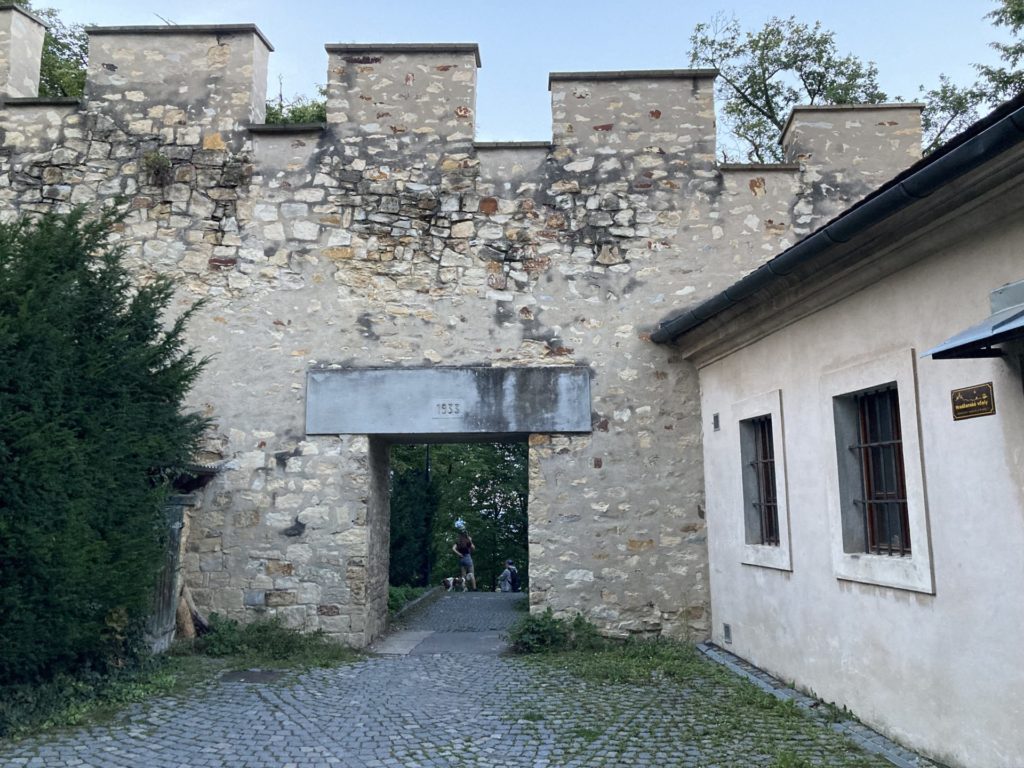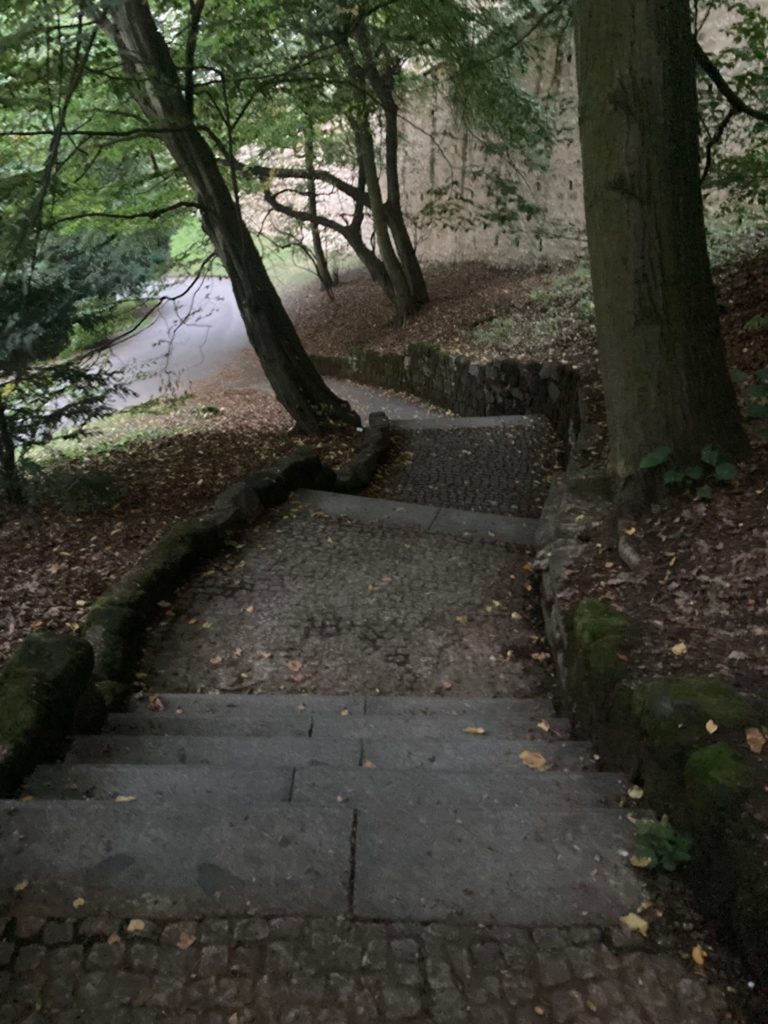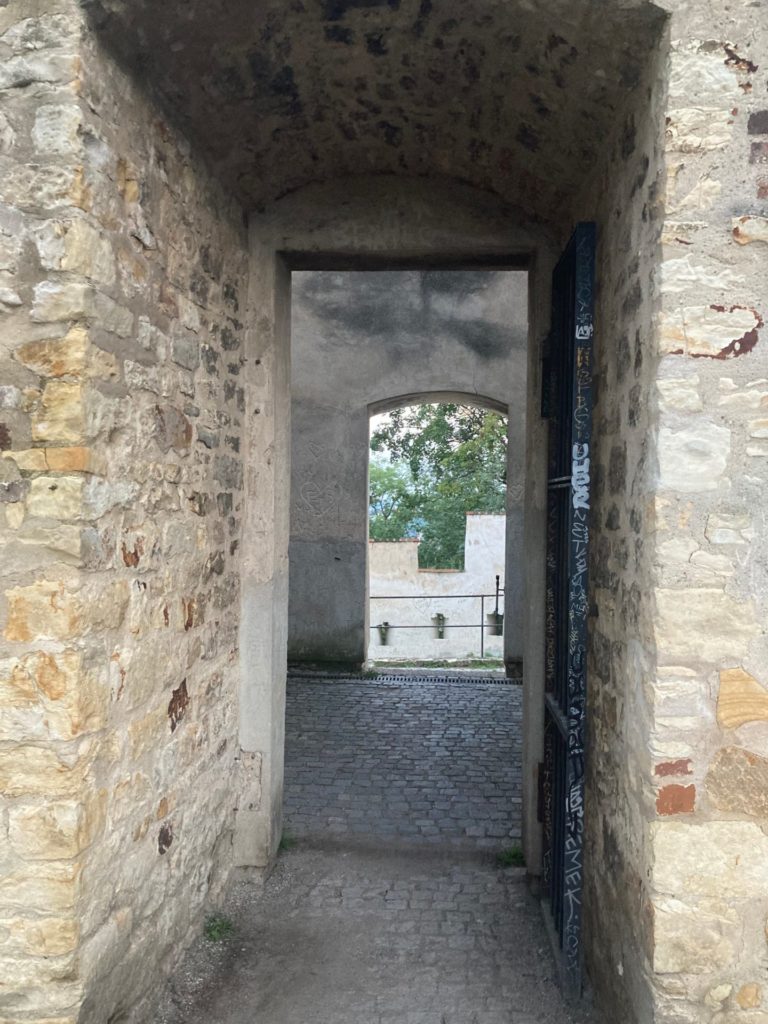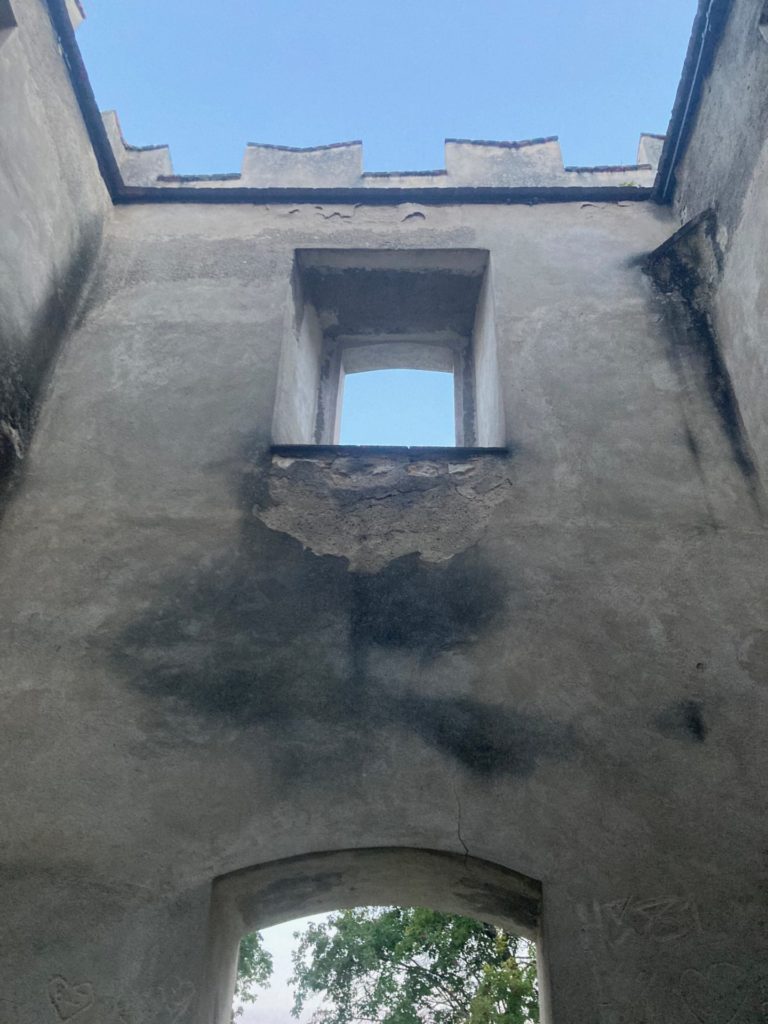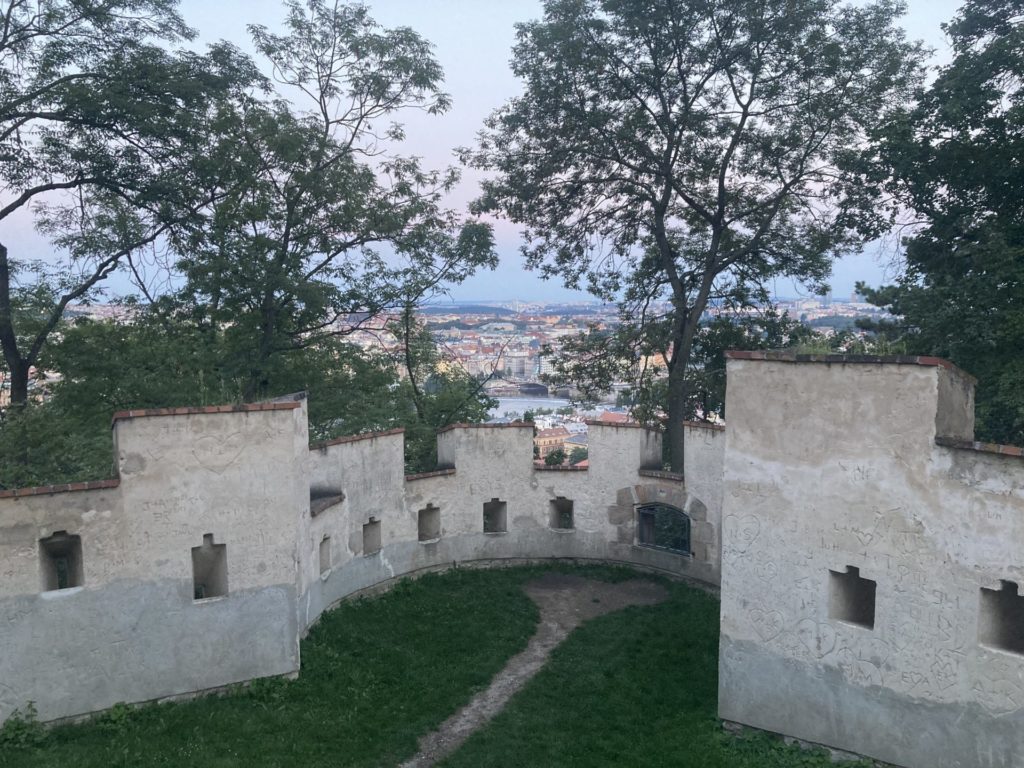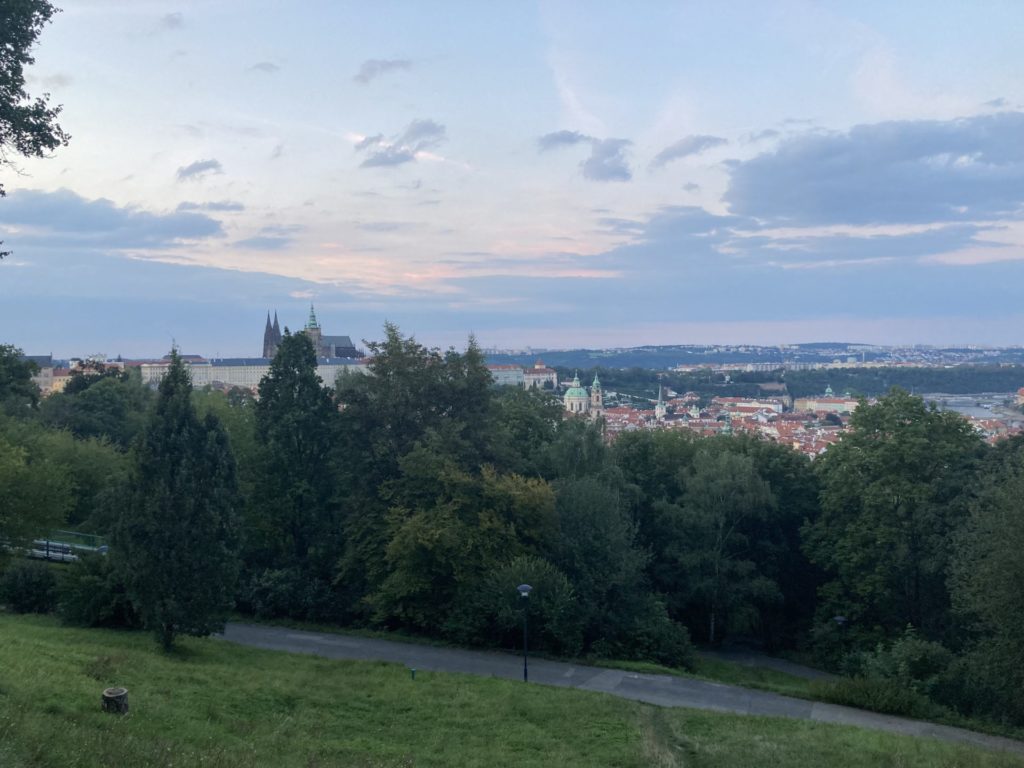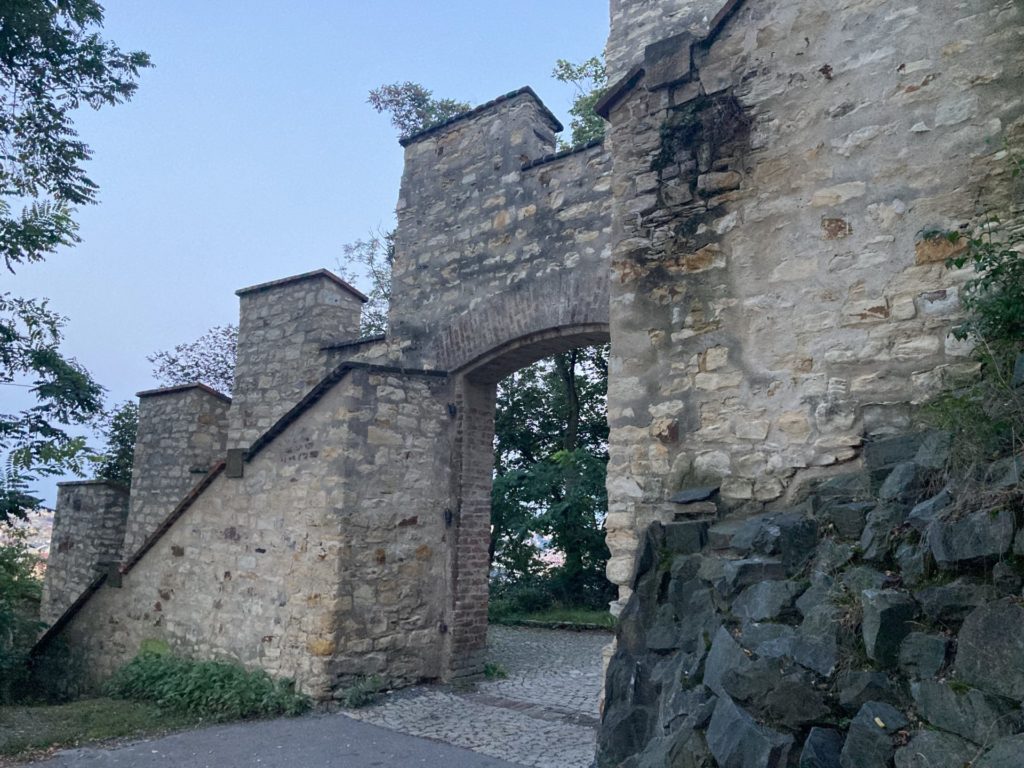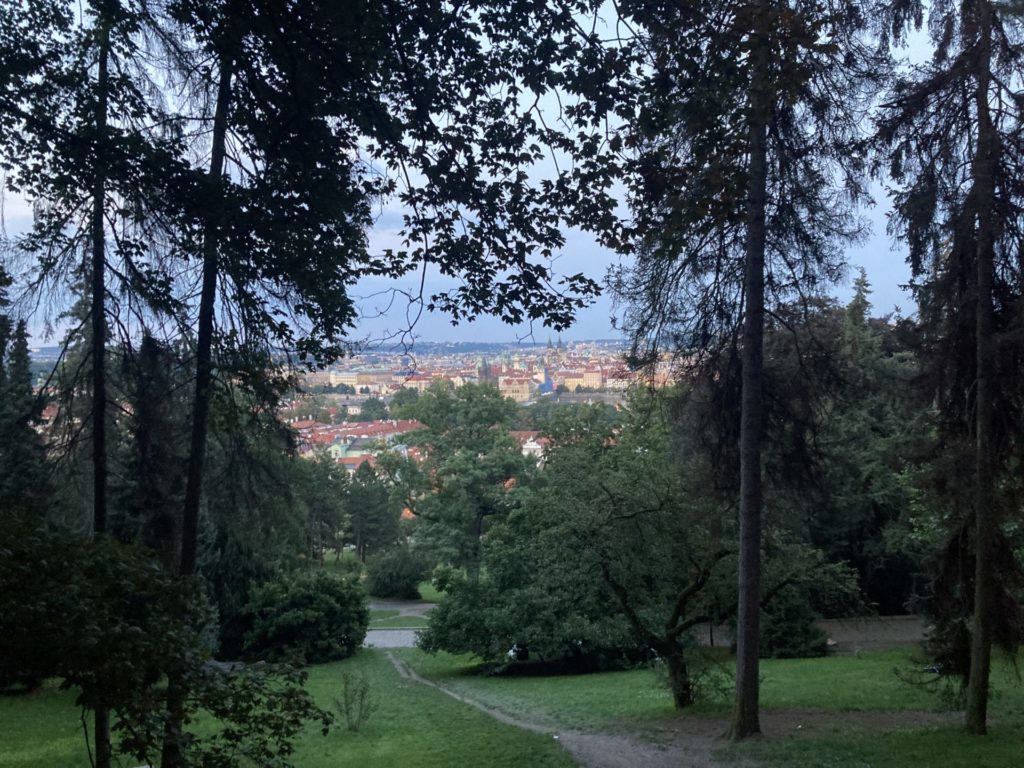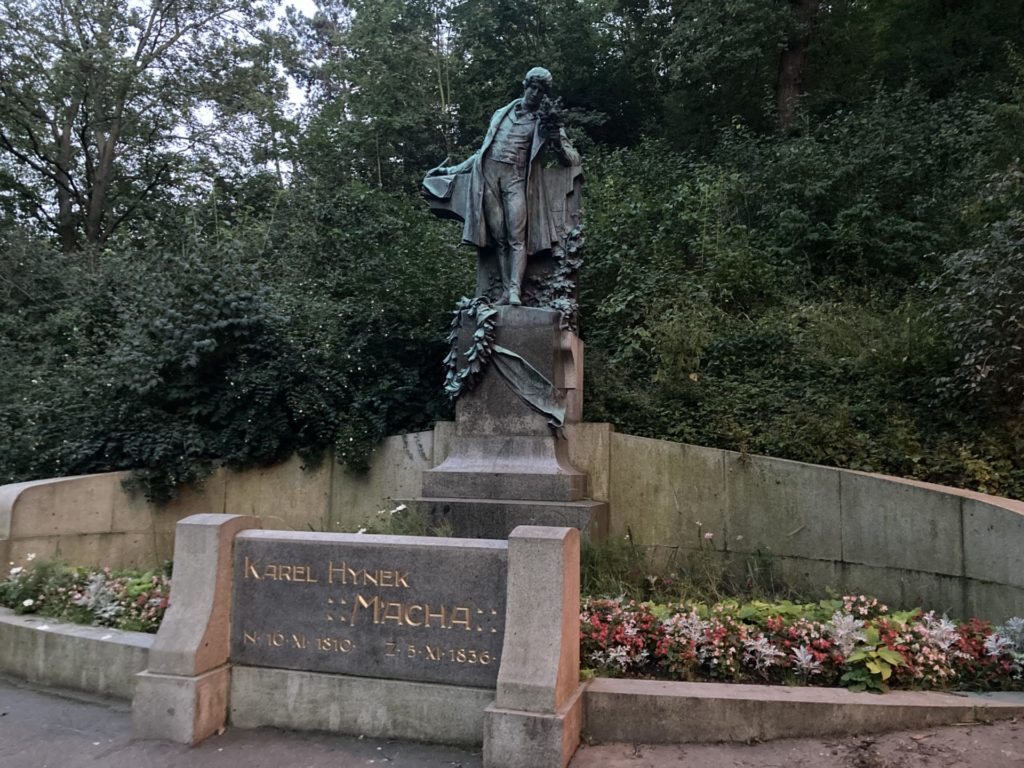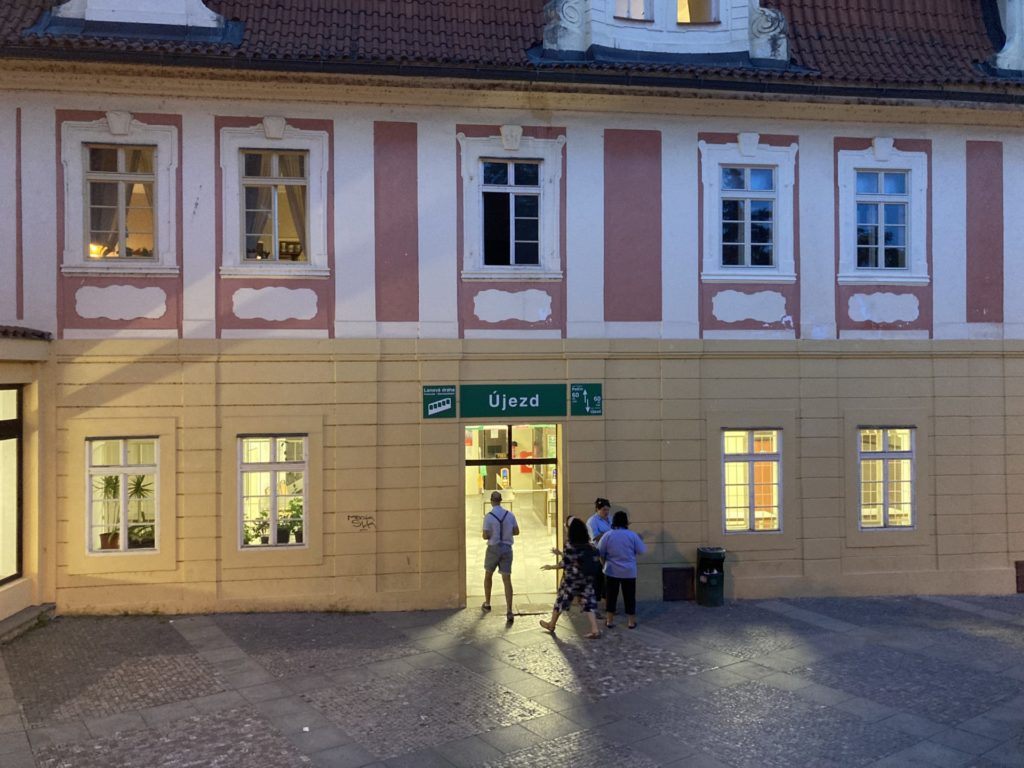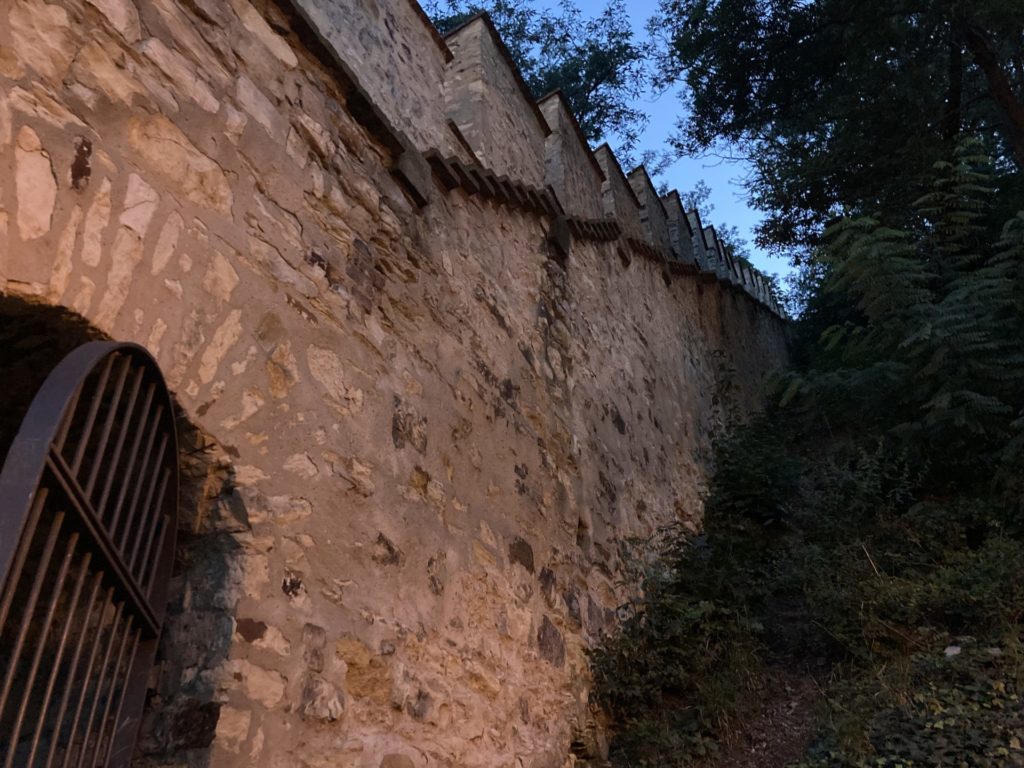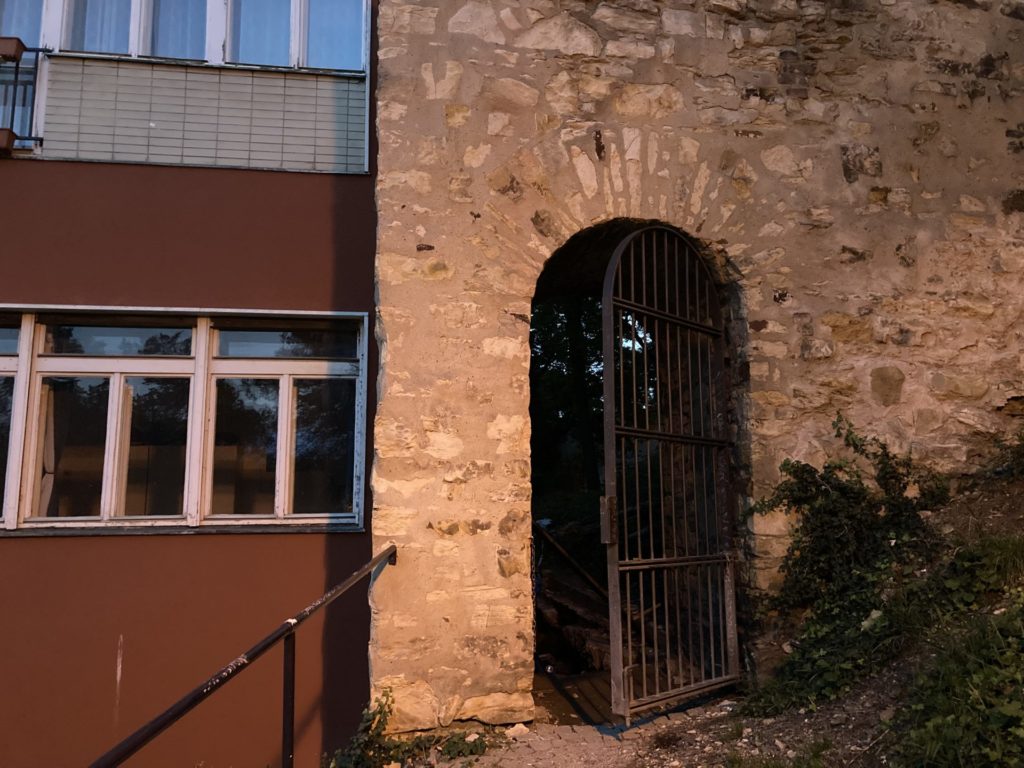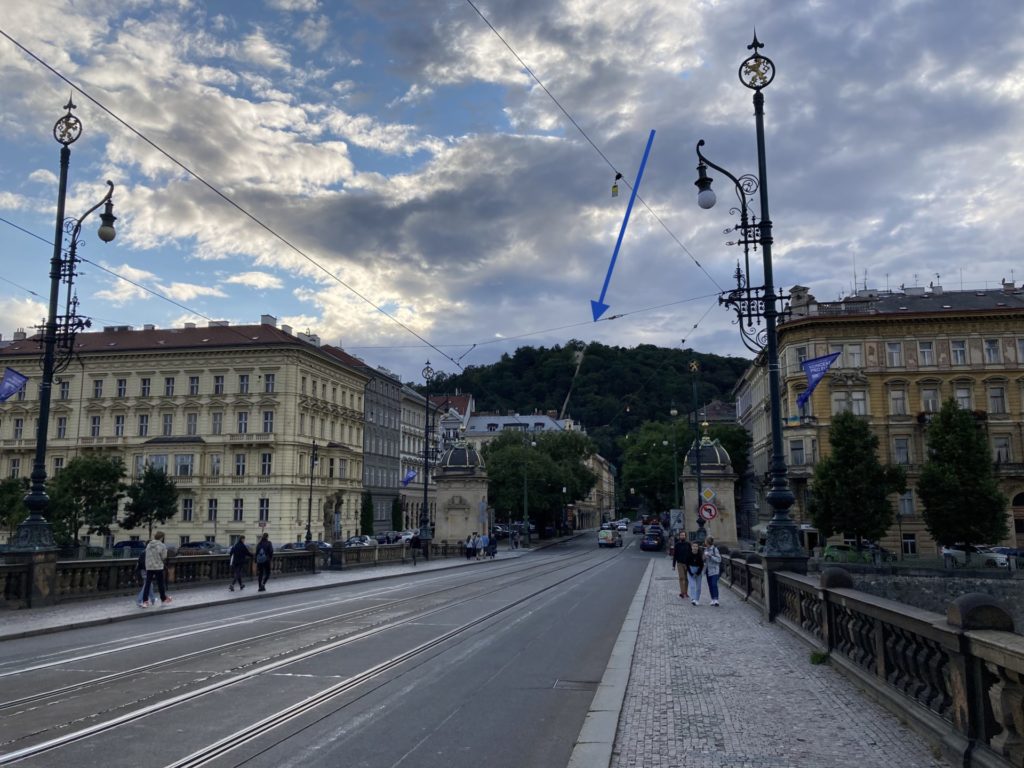One of the many major acts that King Charles IV did in 1348 was the founding of the New Town. The founding charter was issued on 8 March 1348, and just a few weeks later the foundation stone of the New Town fortification was laid in the personal presence of the monarch and many guests from the Empire.
The king set clear rules for practical life in the new territory of the capital of the kingdom. The inhabitants of the Old Town were allowed to move freely around the new territory of Prague. Residents of New Town were exempted from paying taxes for 12 years. The king also ordered that within one-year malthouses, driers, and breweries be moved to the territory of the New Town, as well as: “Wheelers and smiths of any metal except those who properly make tools for work and for the use of horses and armor.”
In April 1348, the distribution of land began. Within eighteen months, everyone had to build their own house on the allotted plot of land, on which they could take out a mortgage of up to half of its value – this was to have funds left over for maintenance.
This development of the town was also connected with the building of its fortifications. New Town was fortified for several kilometers. The Gothic walls, stretching for almost 3.5 km, including twenty-four defensive towers and four city gates, were completed in just two years. They were continued by the fortification of Vyšehrad. Although the two Prague towns, the Old and the New, were connected, the fortifications of the Old Town were preserved.
In the years 1360-1362, another part of the fortifications was built to protect the Lesser Town, which also permanently included part of the undeveloped Petřín Hill. Its primary aim was to strengthen the city fortifications of Prague Castle and the Lesser Town against attack from the west and south.
Originally, this wall was called jagged. It was built from marl, i.e. stone that was quarried at the construction site – thus reducing the cost of building the wall. The wall was 4 meters high, and almost 2 meters wide. It had battlements, a walkway for easy movement of military patrols, embrasures, and eight outpost towers, so-called bastions. It was built from Hradčany, to Strahov and down to Újezd.
Later legend said that the king had the wall built not only for the city’s defense but also to ensure the people’s livelihood during a famine by working on the wall: “The king called the workers employed on the construction site his dearly beloved family. He visited the working people on Petřín every day. Dressed in a work blouse, he worked alone on the construction site for several hours a day.”
However, this is only a legend – but it is true that there was a famine in Prague in 1361 and that since then the wall has been called Hungry. Thus, part of the inhabitants of Prague got a job during the construction of the wall, but the reason for its construction was not the compassion of the ruler, but to ensure the defense of the city.
One of the bastions of the Hunger Wall is today the foundation of the main dome of today’s Štefánik observatory.
The Květnice Garden (this is an outdated term for a flower garden) on the Petřín plateau – is the work of architect Zdeněk Profous from 1935-1937. It was built in the space between the remains of the Baroque fortifications and the Hunger Wall.
On the way down, you will also meet the monument to the poet Karel Hynek Mácha, author of the poem May. Thanks to this poem, on May 1, lovers meet on Petřín and kiss under the blossoming cherry tree.













